I use ggplot to make most of my graphics. These can be single panels, or faceted. To make it easier to track revisions, I would like to generate a small label in the corner of the plot that includes some text.
In pseudo code, I am looking for something like this:
# generate the initial plot
p <- ggplot()
# add the label
p + someAnnotationFunction(label = "Version 1.0", x = 1, y = 0,
hjust = "right", vjust = "bottom" )
# print
print(p)
Or: plot my label nestled in the lower right corner of my figure without messing up the existing ggplot graphics.
So far I'm not having any luck finding a solution. This (very interesting) method doesn't work if you have a full m x n table of facets. Methods using gridExtra tend to mess with the plots too much. So, does anyone have a way to add arbitrary text anywhere on a plot that was generated using ggplot?
